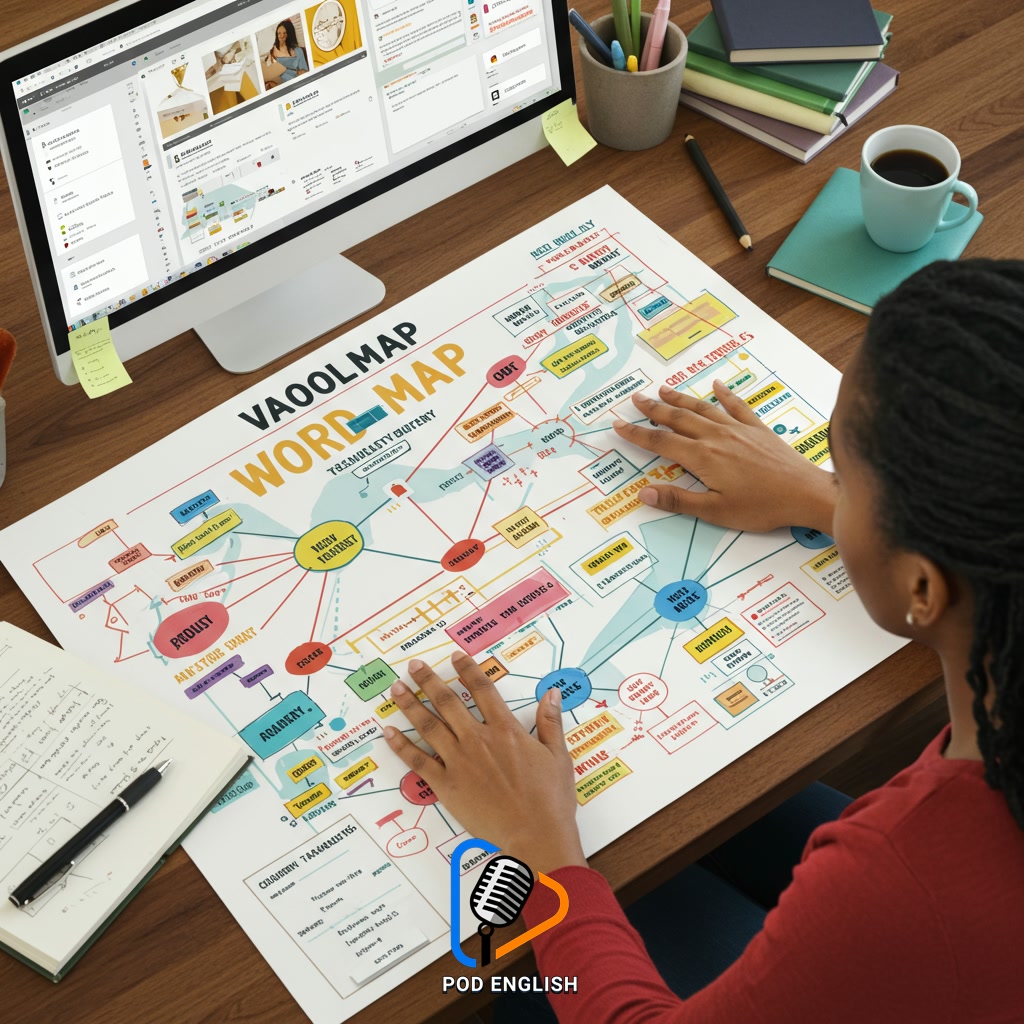Learn English
Master English Vocabulary: Learn and Practice Effectively Using Word Maps

This content explores an effective strategy for mastering English vocabulary. It focuses on utilizing word maps as a powerful tool for organizing and understanding new words. The approach aims to enhance both the learning process and practical application of vocabulary. By employing this method, individuals can significantly improve their English language skills through targeted word acquisition and reinforcement.
Table of Contents
- Section 1: Introduction: Why Word Maps Are Key to Mastering English Vocabulary
- Section 2: Understanding Word Maps: Structure and Benefits for Learning English
- Section 3: Step-by-Step Guide: Creating Your Own Effective Word Maps
- Section 4: Putting Word Maps into Practice: Active Learning and Retention Strategies
- Section 5: Integrating Word Maps with Other Methods to Learn English Effectively
- Section 6: Tips and Tricks for Maximizing Your Vocabulary Growth with Word Maps
- Section 7: Conclusion: Make Word Maps Your Go-To Tool for Learning English Vocabulary
Section 1: Introduction: Why Word Maps Are Key to Mastering English Vocabulary
Welcome to this guide on mastering English vocabulary! Learning new words can feel overwhelming, but word maps offer a powerful and visual way to make the process more effective and enjoyable. Unlike simply memorizing lists, word maps help you see how words connect to each other, organizing vocabulary into meaningful networks. This approach taps into how our brains naturally process and store information, making recall easier and retention stronger. By understanding the relationships between words – synonyms, antonyms, related concepts, and examples – you build a richer understanding of each term and its usage. This introductory section will explore why this visual, connected learning method is a key strategy for significantly improving your English vocabulary skills, setting the stage for the practical steps you’ll learn later.

Section 2: Understanding Word Maps: Structure and Benefits for Learning English
Building on the idea of making vocabulary learning effective and enjoyable, let’s delve into the structure and benefits of word maps. At its core, a word map is a visual organizer centered around a single word or concept. Think of it as a spider web or a mind map, with the target word in the middle. Branching out from this central point are connections to related information. These branches might include definitions, synonyms, antonyms, example sentences showing usage, related concepts, or even personal associations. This non-linear structure allows you to see the relationships between words and ideas, making new vocabulary less isolated and easier to remember. The visual aspect engages different parts of your brain, reinforcing memory pathways. By actively creating and reviewing these maps, you move beyond simple memorization to deeper understanding and better retention, significantly boosting your English vocabulary skills.
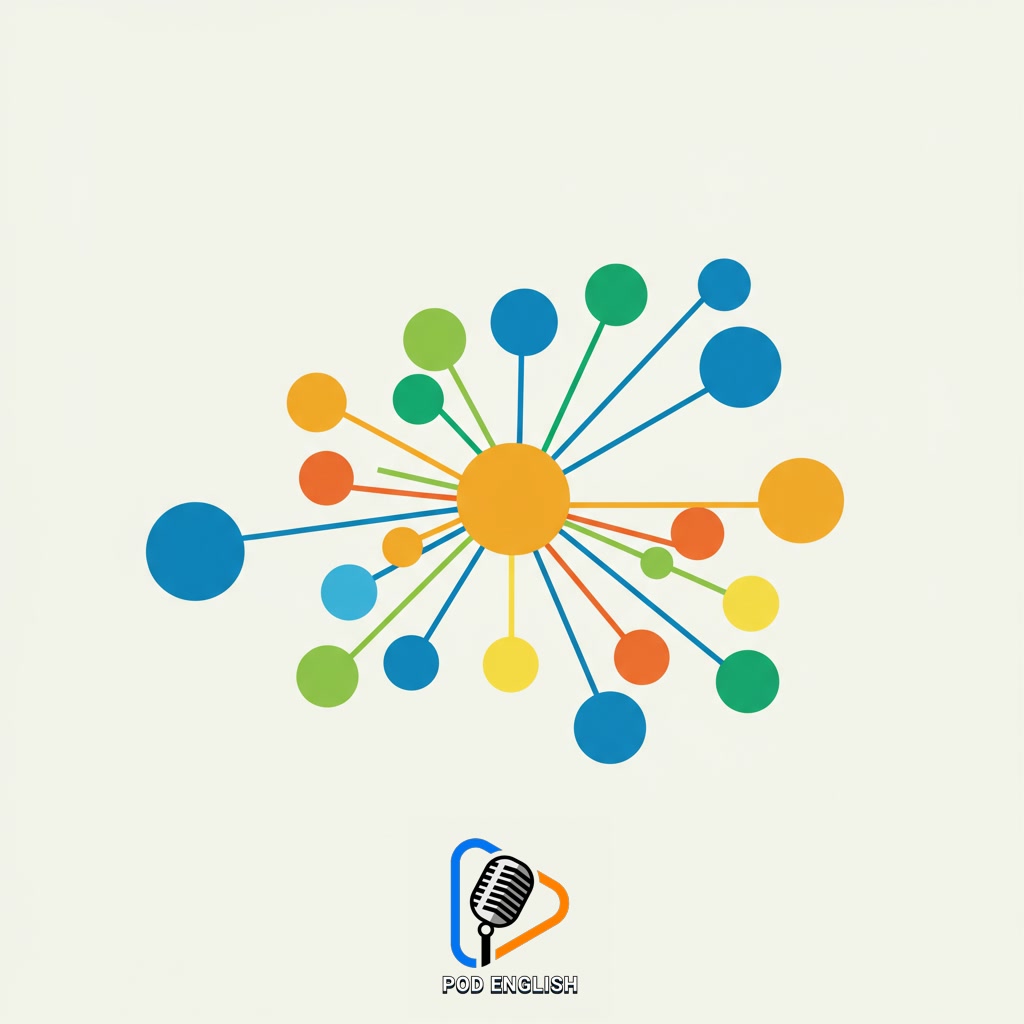
Section 3: Step-by-Step Guide: Creating Your Own Effective Word Maps
Now that you understand the basic concept of a word map, let’s walk through creating one effectively. Start by selecting a new vocabulary word you want to learn and placing it prominently in the center of your page or digital canvas. Next, draw lines or branches extending outwards from the central word. Each branch should connect to a different piece of information about the word. Common branches include: the definition, synonyms (words with similar meanings), antonyms (words with opposite meanings), an example sentence showing the word in context, related words or phrases, and perhaps a small drawing or symbol to help you remember it. Use different colors for each branch to add visual organization and make the map more engaging. The goal is to build a network of associations around the new word, making it easier to recall and understand its nuances. Don’t be afraid to personalize your map; the more relevant and visually appealing it is to you, the more effective it will be for your learning.
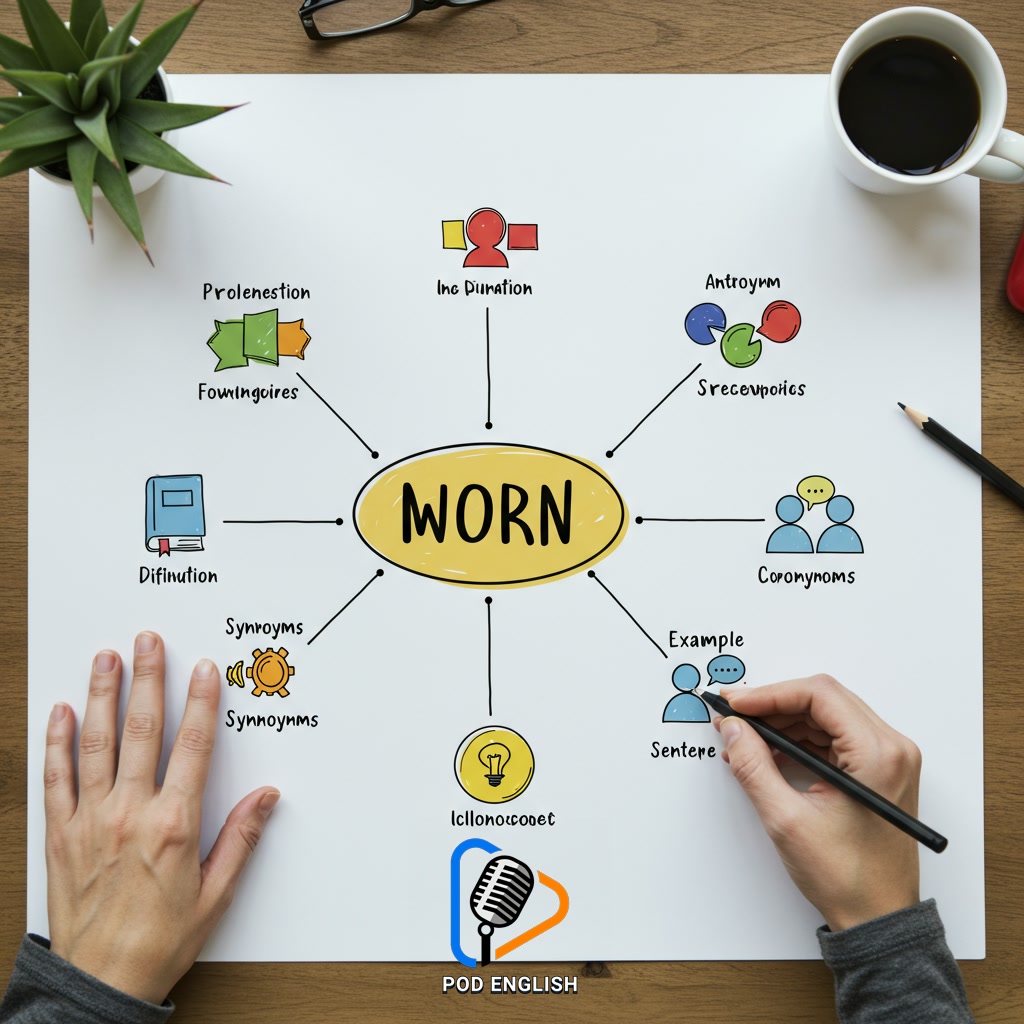
Section 4: Putting Word Maps into Practice: Active Learning and Retention Strategies
Now that you have constructed your word map, the real work of mastery begins: putting it into active practice. A word map is more than just a storage system; it’s a dynamic tool for engagement and reinforcement. To truly retain new vocabulary, you must actively interact with your map. Regularly revisit it, not just to look, but to test yourself. Can you recall the definition or an example sentence for each branch without looking? Try using the word in different contexts, perhaps writing your own sentences or even speaking them aloud. Connect the new word to your existing knowledge and personal experiences. By actively retrieving and using the information organized in your word map, you strengthen the neural connections, moving the word from temporary memory to long-term retention. This consistent, active engagement is key to making new vocabulary a permanent part of your English repertoire.
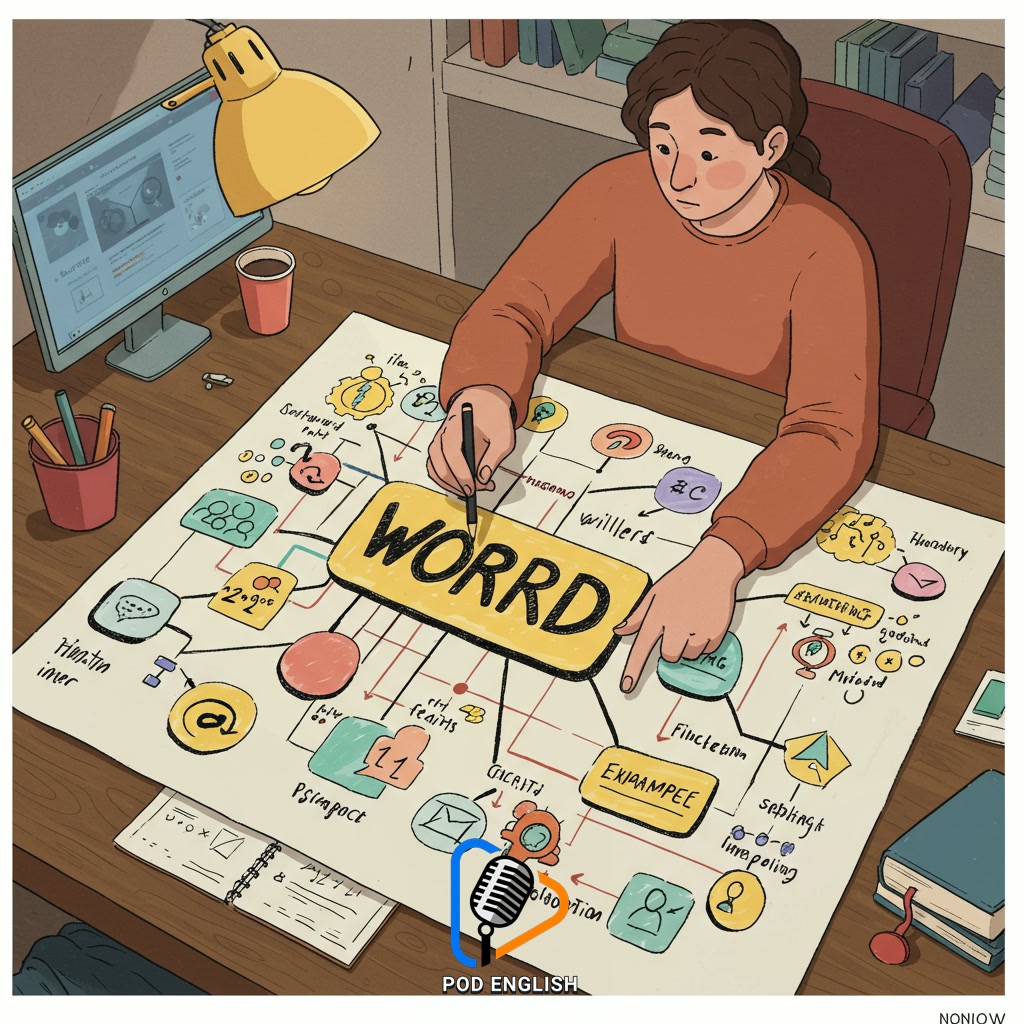
Section 5: Integrating Word Maps with Other Methods to Learn English Effectively
Word maps are a powerful foundation, but their effectiveness is amplified when integrated with a variety of other English learning methods. Think of your word map as a central hub; the words and connections you’ve built can then be actively applied through diverse practices. For instance, use words from your map in writing exercises or speaking practice. Transfer key terms to flashcards for spaced repetition review. When reading or listening, actively look for words from your map or add new ones to expand it. Combining the structured organization of a word map with active engagement through reading, writing, speaking, and reviewing ensures that vocabulary moves from passive recognition to active use, cementing your understanding and fluency more effectively than any single method alone.
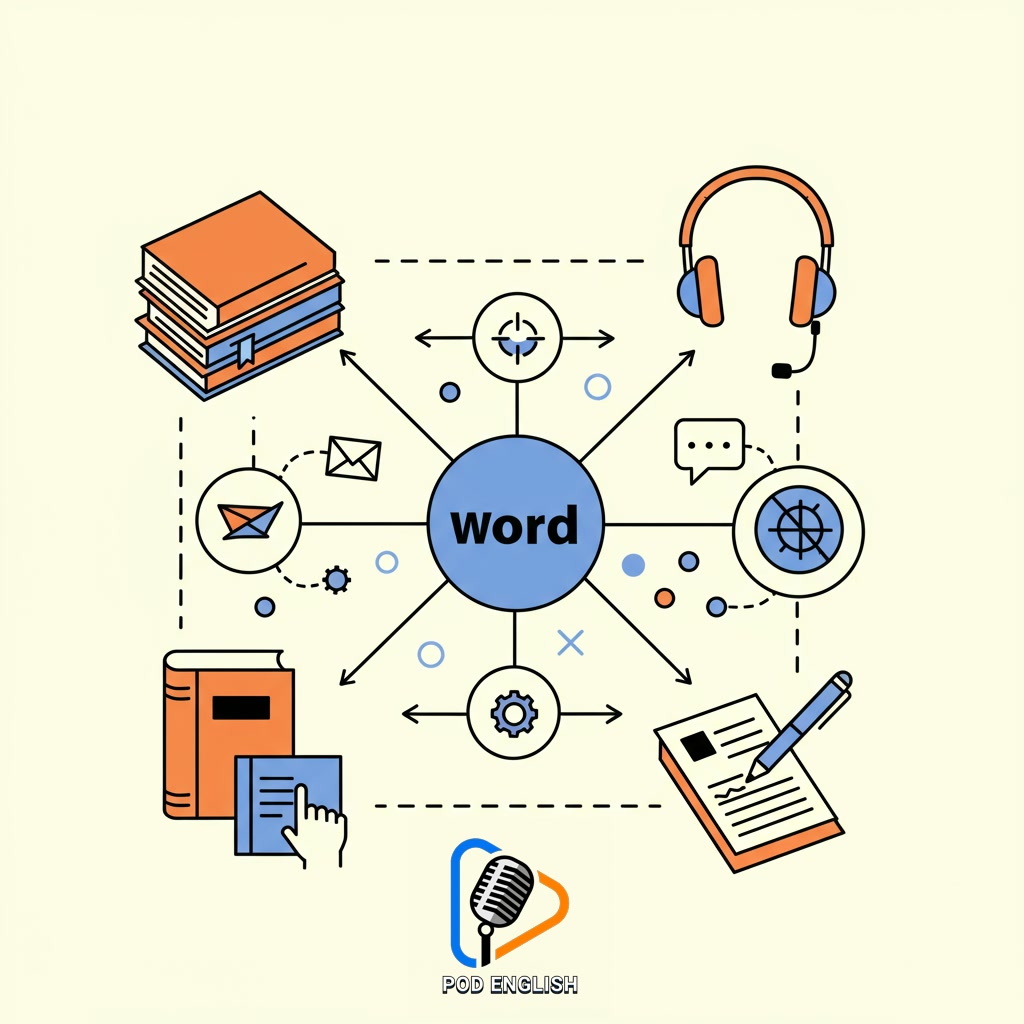
Section 6: Tips and Tricks for Maximizing Your Vocabulary Growth with Word Maps
To truly maximize your vocabulary growth using word maps, actively apply specific techniques. Don’t just create maps; make them dynamic tools. Connect new words not only to their definitions but also to synonyms, antonyms, related concepts, and example sentences directly on the map, perhaps using different colored lines or shapes to differentiate connection types. Integrate small, simple visual cues or symbols next to words to aid memory recall. Regularly revisit and expand your maps, treating them as living documents that evolve with your learning. Furthermore, link your word map practice with other learning activities like using flashcards based on map words, practicing speaking with the new vocabulary, or writing sentences. These active strategies transform word maps from static diagrams into powerful engines for retention and application.

Section 7: Conclusion: Make Word Maps Your Go-To Tool for Learning English Vocabulary
As we conclude, remember the transformative power of word maps. They are far more than simple diagrams; they are dynamic tools for organizing, understanding, and truly mastering English vocabulary. By consistently using word maps, connecting new words to existing knowledge, and making them a central part of your study routine, you build a rich and interconnected web of language. Don’t just learn words; make them stick. Embrace word maps as your primary method for vocabulary acquisition and practice. This focused approach will significantly accelerate your progress and empower you to communicate more effectively and confidently in English.
